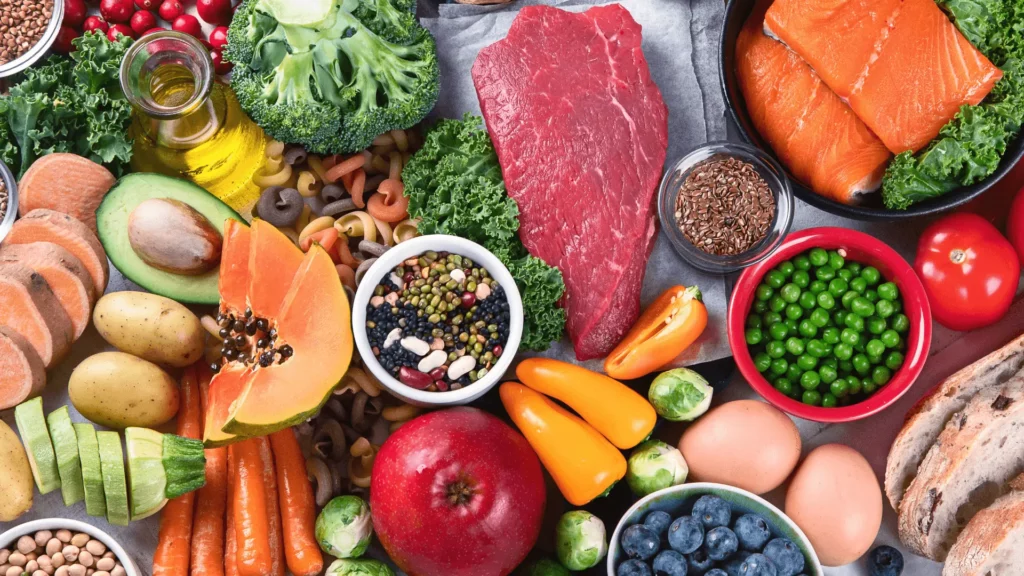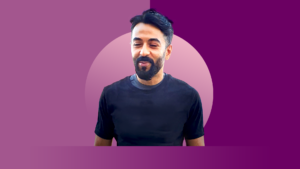
Diabetes is a serious health condition that affects millions of people around the world. It occurs when your body either doesn’t produce enough insulin or is unable to use the insulin it produces effectively. Insulin is a hormone produced by your pancreas that helps your body use glucose from carbohydrates for energy.
The two main types of diabetes are type 1 and type 2. Type 1 diabetes occurs when your body’s immune system mistakenly attacks and destroys the insulin-producing cells in your pancreas. Type 2 diabetes is much more common and occurs when your body becomes resistant to the effects of insulin, causing your pancreas to produce more and more of the hormone to keep your blood sugar levels in check, eventually leading to high levels of glucose in your blood.
Both types of diabetes can increase your risk of developing a range of serious health problems, including heart disease, stroke, kidney disease, blindness, and nerve damage. That’s why it’s so important to be aware of the signs and symptoms of diabetes and to speak with your doctor if you are at risk.
So, what can you do to reduce your risk of developing diabetes? Here are some tips:
Maintain a healthy weight: Carrying too much weight can increase your risk of developing type 2 diabetes. Start by setting realistic goals and making steady changes to your diet and exercise habits.
Eat a balanced diet: Eating a variety of nutrient-rich foods such as whole grains, lean proteins, fruits, and vegetables are essential for good health and helps to keep your blood sugar stable.
Exercise regularly: Exercise helps to lower your blood sugar and can also help to reduce your risk of developing type 2 diabetes. Aim for at least 30 minutes of moderate-intensity exercise at least five days a week.
Manage stress: Stress can cause your blood sugar to spike and can increase your risk of diabetes, so it’s important to find ways to manage your stress levels. Try activities like yoga, deep breathing, and mindfulness to help reduce stress.
By following these tips, you can help to reduce your risk of developing diabetes and other serious health problems. However, if you’re already experiencing diabetes, it’s important to speak with your doctor to discuss ways to manage the condition and stay healthy


